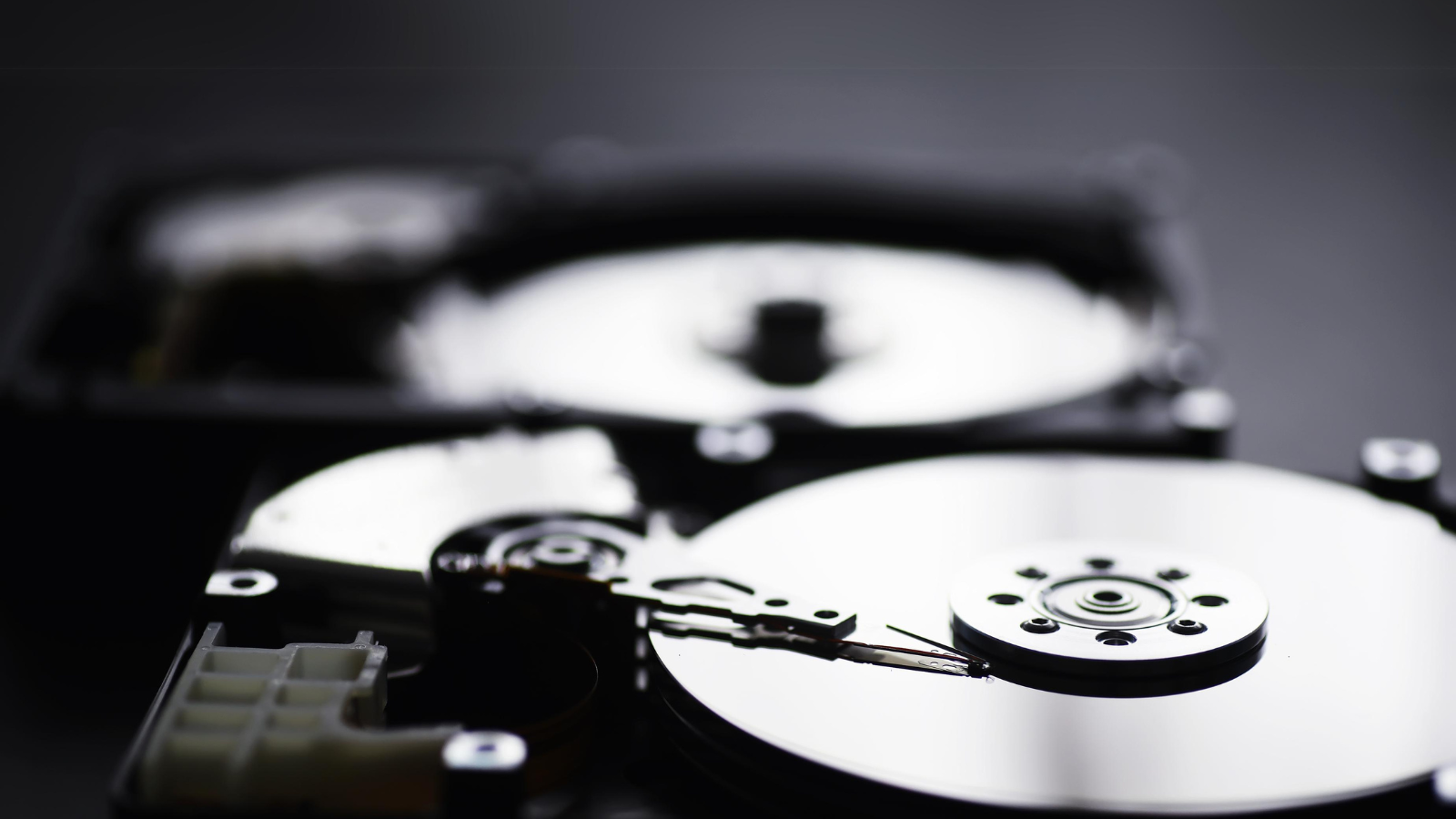Tired of your cluttered hard drive? Are you finding it near impossible to find that specific file you need? We’re here to show you a quick cure to this, highlighting everything you need to know about partitioning a hard drive.
Keep on reading to see all the pros and cons of partitioning, if you can do it in Windows 11, and our easy step-by-step guide to partition a hard drive.
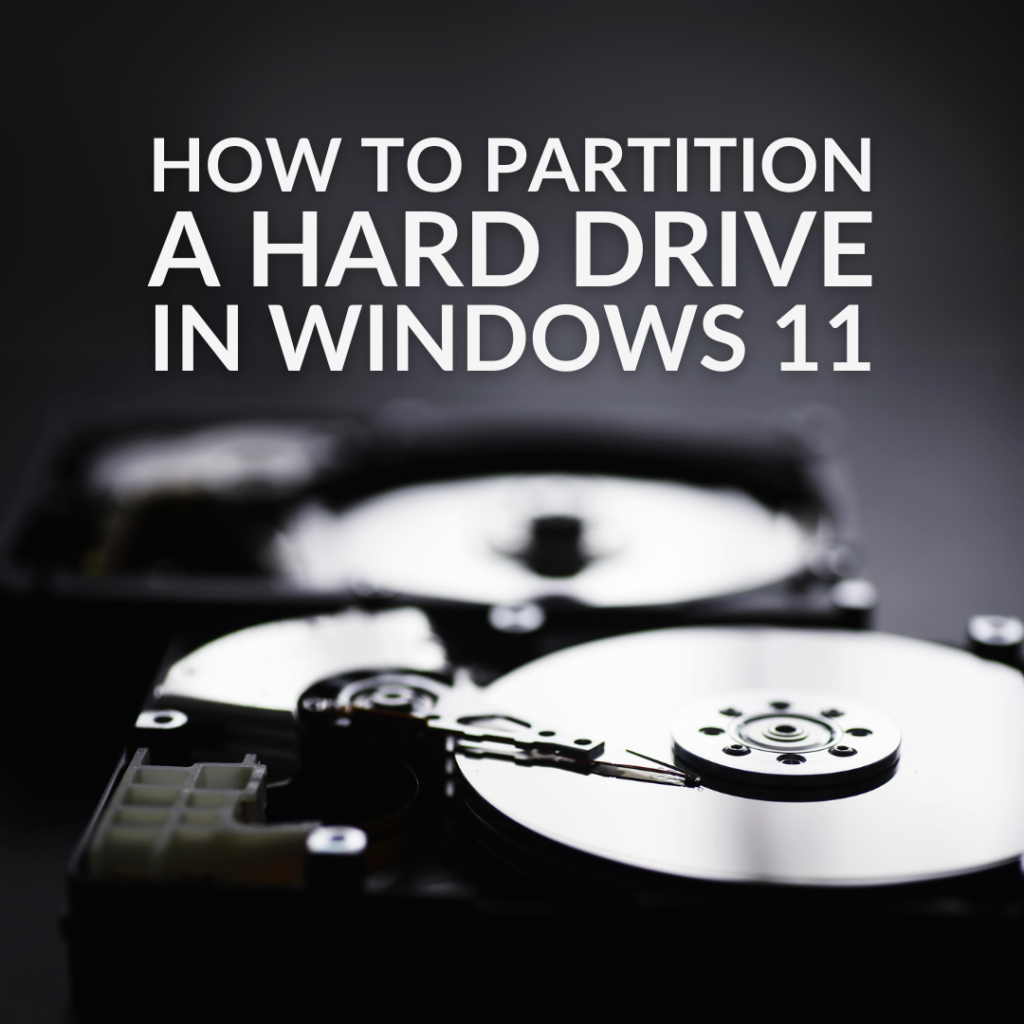
Why Should You Partition Your Hard Drive?
Partitioning a hard drive can be incredibly useful, especially if you want more control over how your files are managed. Simply put, partitioning allows you to split your hard drive into different ‘partitions’, grouping your data into multiple sections, such as music, videos, or photos.
Pros & Cons of Hard Drive Partitioning
Pro
- Ease of OS reinstallation – keeping your OS and personal data separate, means any OS reinstalls are made even easier.
- Backups are made simple – Partitioning a hard drive isn’t a way to back up your files. However, it can make the process a lot easier as you can simply clone an entire partition instead of picking and choosing individual files.
- Potential for improved security – Hard drive partitioning can also improve your protection against malware. If a virus infects one partition, it’s not a guarantee it’ll affect all of them, meaning you may be able to salvage your personal data before it’s too late. However, more sophisticated online threats and viruses can’t and won’t be stopped by partitioning.
- Improved file organisation – Partitioning allows you to perfect the art of file management. allowing you to add even more dividers between all your data types. For example, having one partition for games and another for documents.
- Can install multiple operating systems – If you desire, you can also use hard drive partitioning to install multiple operating systems on one PC.
Con
- Complex – Partitioning a hard drive can become rather mind boggling, especially when you start to have more than four different partitions. Plus, if you are using your partitions to better organise your files, you’ll also need to ensure you have this set up in Windows, so your OS knows which partition to save your files.
- Still at risk of data loss – Whilst your partitions are separate from one another, they still exist on the same physical hard drive. This means if that drive fails, you are still at risk of losing everything stored on it. We can’t stress the importance of creating back-ups enough, for this very reason.
- Wasted Space – With all your different partitions, you might find that you rapidly fill up one whereas another has plenty of free space.
- Benefits of an SSD over an HDD – Whilst partitioning can be incredibly useful, we can’t ignore the overall benefits utilising an SSD to store your files over a traditional hard drive.
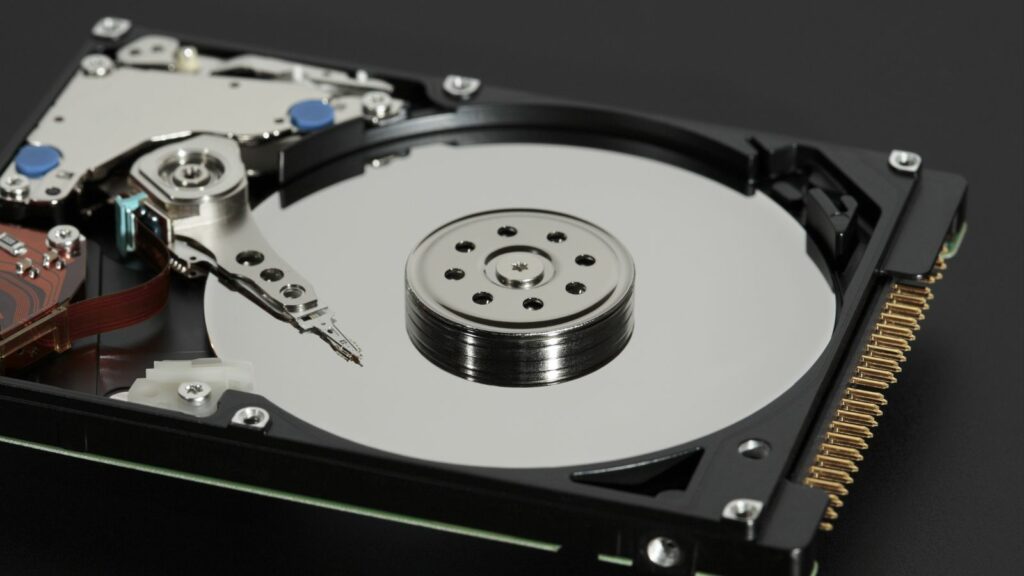
Can You Partition a Hard Drive in Windows 11?
Windows 11 does grant you the ability to partition a hard drive. However, there is no guarantee that your data won’t get lost in the process. Therefore, we recommend you do a full back up of all your files before you partition your drive.
Are you still on the fence about upgrading to Windows 11? Check out eleven things you need to know about this operating system.
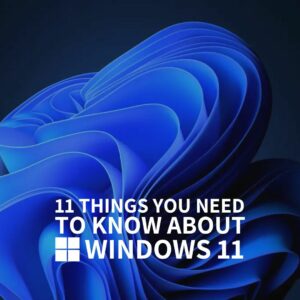
How to Partition a Hard Drive in Windows 11
You don’t need any additional or third-party software to partition a hard drive in Windows 11. There is a handy integrated tool designed for this very purpose – Disk Management.
You’ll need to begin by opening ‘Disk Management’ and then select the hard drive you want to partition. It’s important to note that Windows 11 is typically installed on the drive called ‘Disk 0’ and you might also find you have multiple different partitions that Windows 11 automatically creates for firmware and system recovery files.
Before you can partition the hard drive, you’ll need to reduce the size of the drive. Simply, right-click on your chosen hard drive, and then select ‘Shrink Volume’.
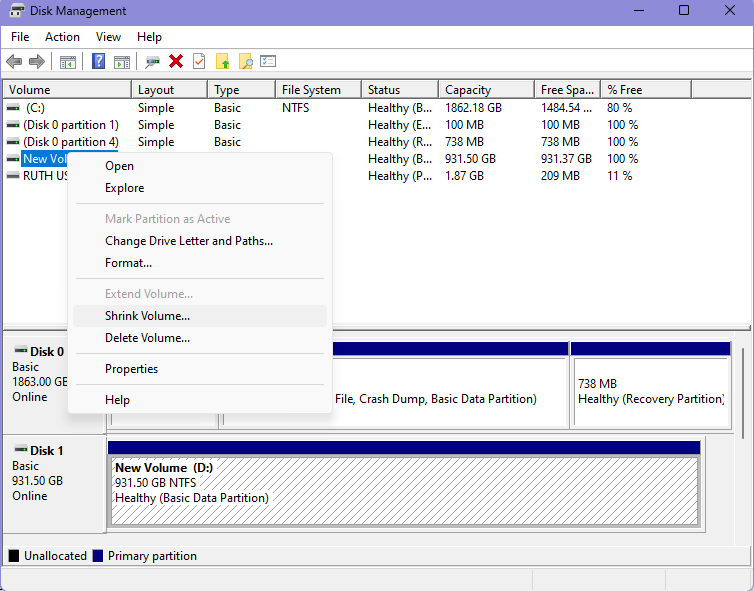
You’ll then be able to specify how much space your new partition should have. By default, Windows 11 will suggest shrinking the entire available space on the drive. However, if you want to assign a smaller amount, you’ll simply need to adjust the values in megabytes (MB).
After this, click ‘Shrink’ and wait for the process to finish. Once it has, you’ll be able to see an unallocated storage quota, which you can then use to create your new partition. Right-click the area and then click ‘New Simple Volume’ in the drop-down menu.
The New Simple Volume Wizard will then automatically open. Select ‘Next’ and specify the volume of your new partition. Keep the maximum value if you want to have the entire amount of memory that was previously shrunk. From here, click ‘Next’ and assign a drive letter. Windows 11 will default to the next letter of the alphabet, but you can select any other available letter in the drop-down menu if you desire.
Finally, you’ll need to configure the formatting options and name of your new partition. Select ‘Format this volume with the following settings’ and then;
- The file system – the typical choice for Windows computers is NTFS (New Technology File System).
- The size of the allocation unit size (otherwise called cluster size) – we recommend the ‘Default’ setting.
- The volume label – this is the name of your partition.
After this tick ‘Perform a quick format’ and that’s it. Your new partition should be displayed in Disk Management if the process is successful.
In Need of a Storage Boost?
Are you in need of a storage boost to allow you to download even more games? At Overclockers UK, you can find a huge selection of premium SSDs and HDDs in a range of capacities. We’ve selected a few of our top storage picks below, but you can browse the full range if these don’t meet your demands.
Seagate Firecuda 540 2TB PCIe 5.0 NVMe M.2 SSD
- 2TB storage capacity
- PCIe 5.0
- 1000MB/s read speed
- 1000MB/s write speed
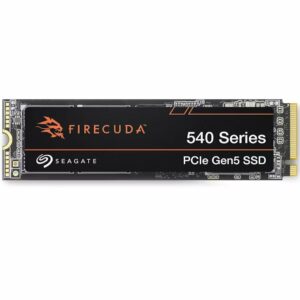
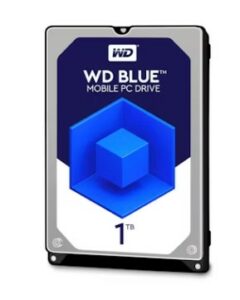
WD Blue 1TB 2.5” Internal Hard Drive
- 1TB storage capacity
- 2.5”
- 5400RPM
- 128MB cache
Alternatively, if you don’t know what storage drive is right for your set-up and demands, the OcUK guide to storage has all the information you need.
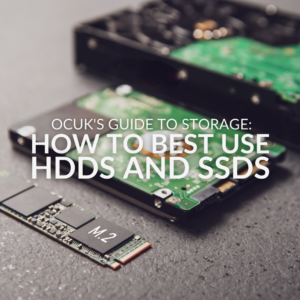
Share Your Top Tips!
Do you have any helpful tips for partitioning a hard drive? Help a fellow PC lover out and share them in the comments below.
